Meconium Aspirator in GI Bleed
Mount Sinai EM
JULY 24, 2023
This week, I wanted to touch a bit on Meconium Aspirators as apart of our GI Bleed intubation tool kit. At some point during second year, many of my fellow classmates and I started throwing these into airway boxes at Elmhurst. Especially in cardiac/resus, I think knowing to reach for one when you need one is critical, though I don’t think they need to be in every airway box.

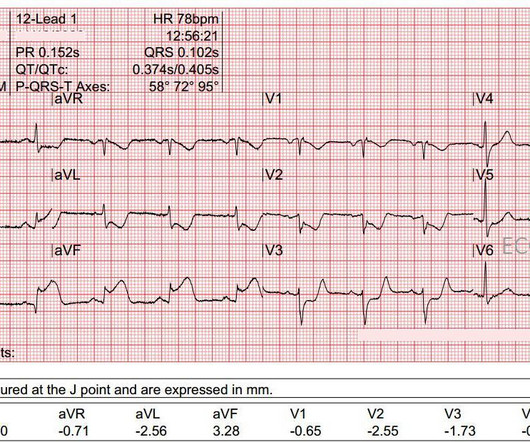
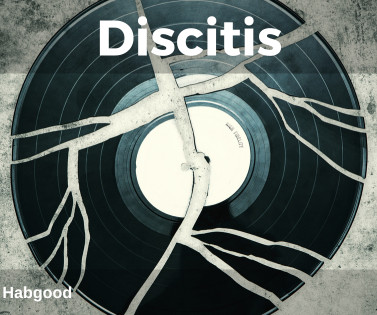
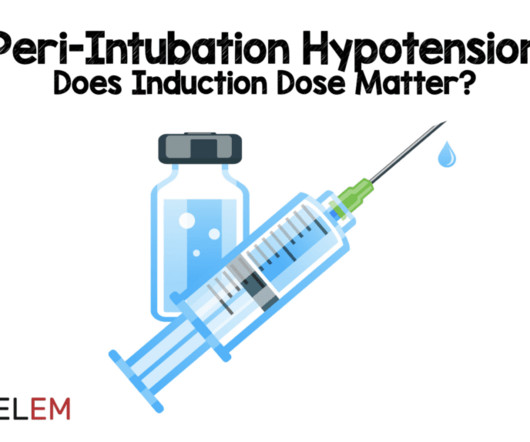





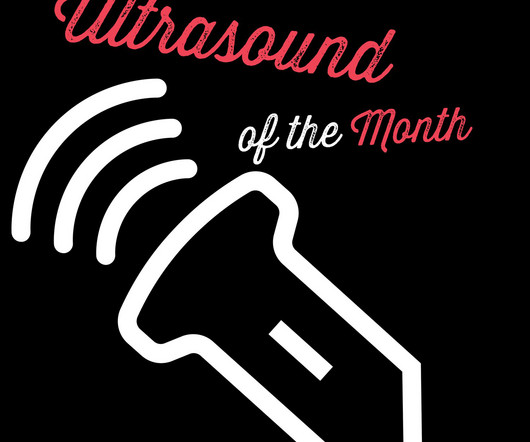



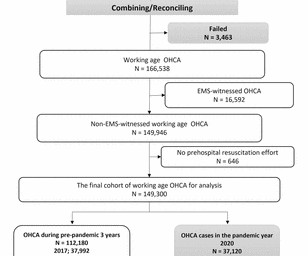

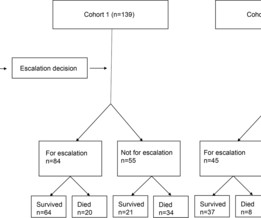
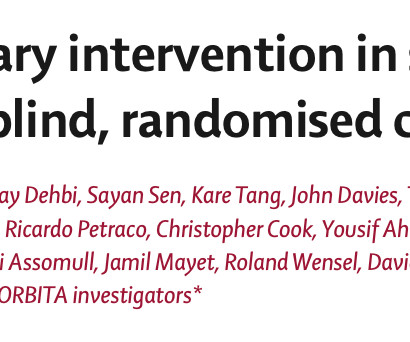

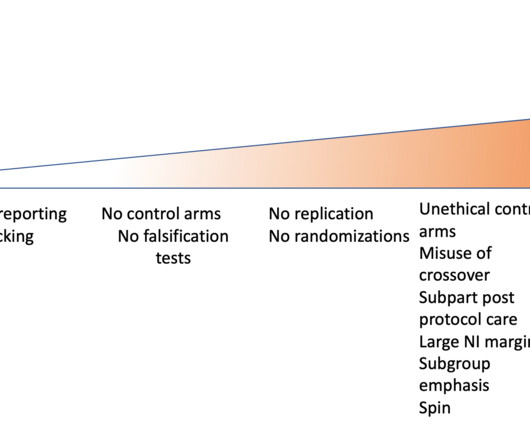








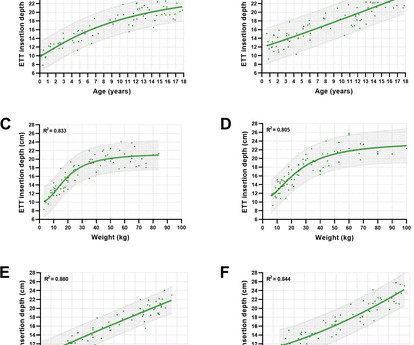
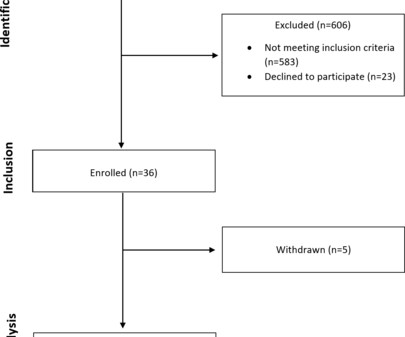









Let's personalize your content